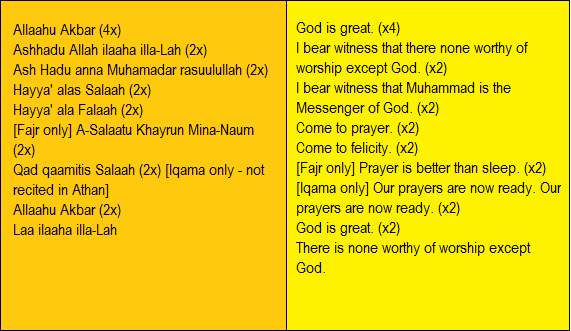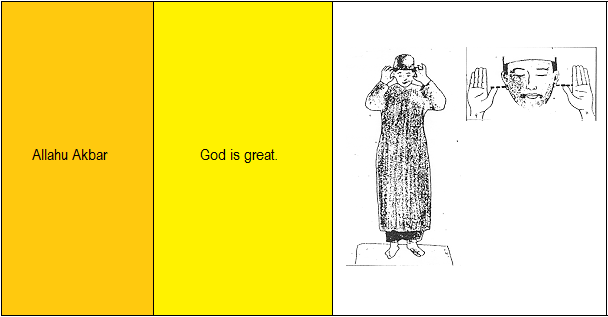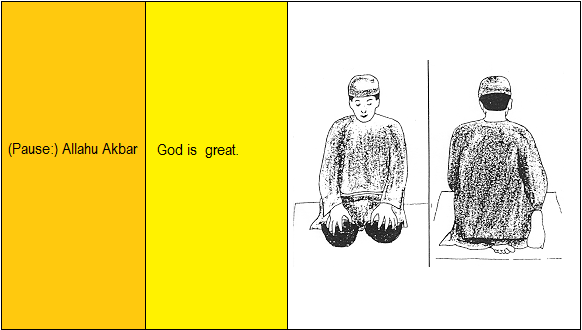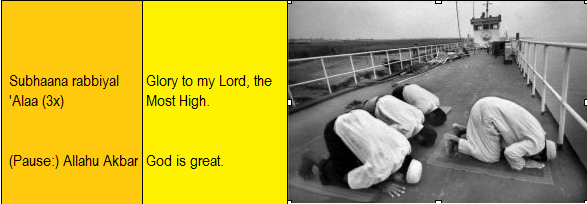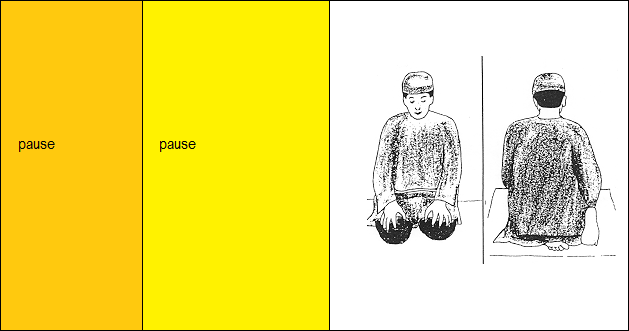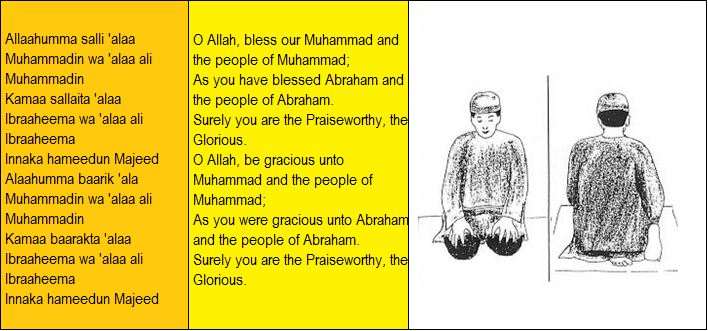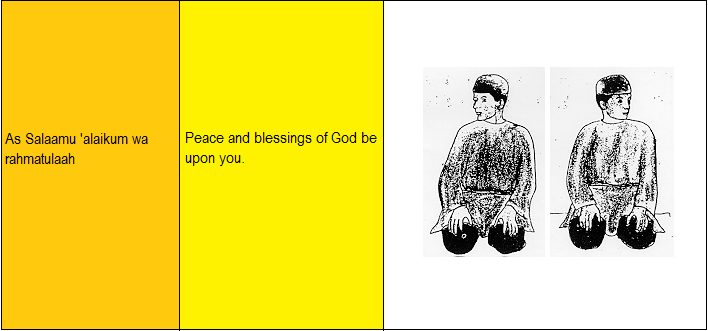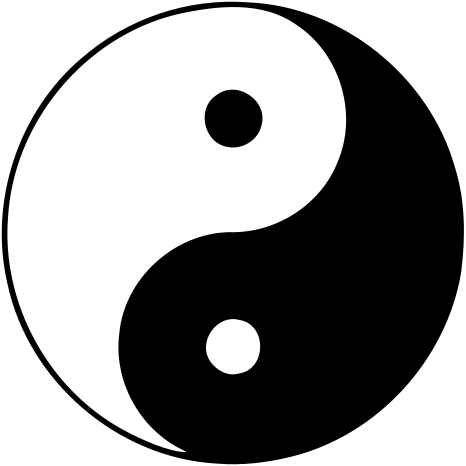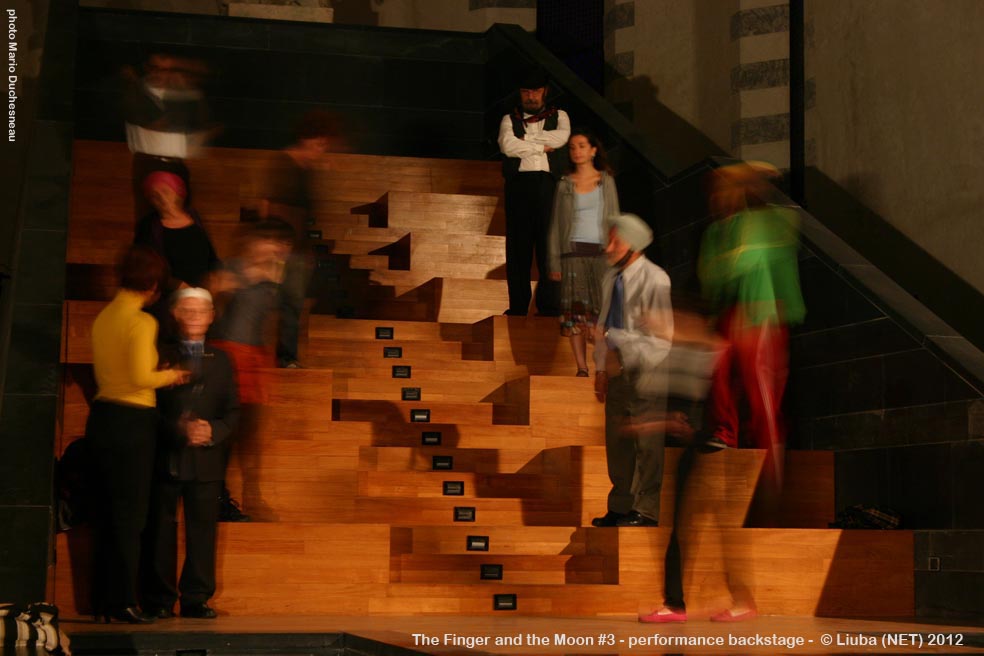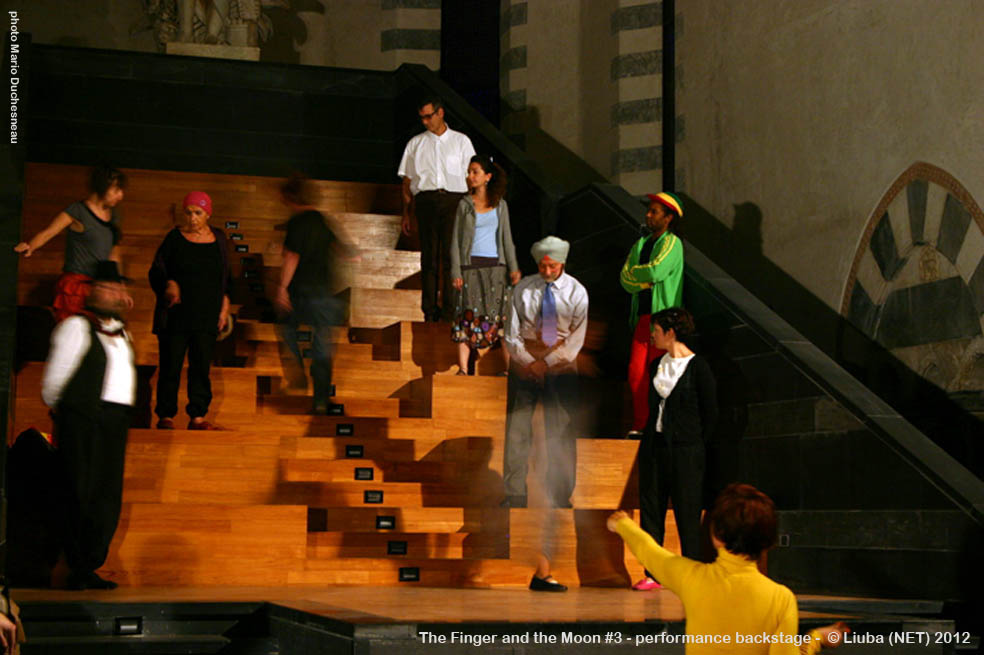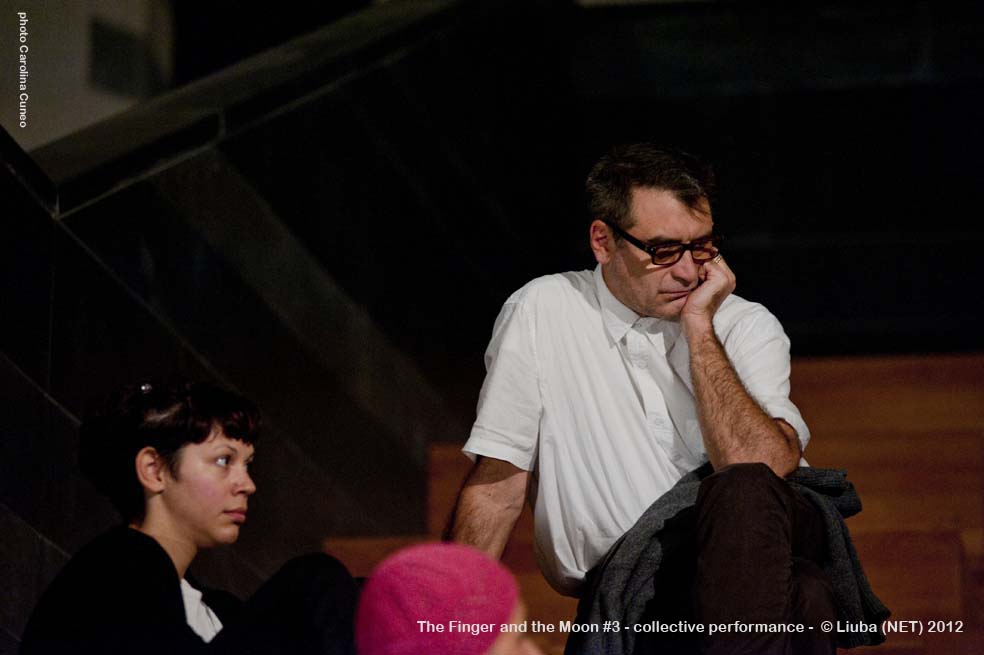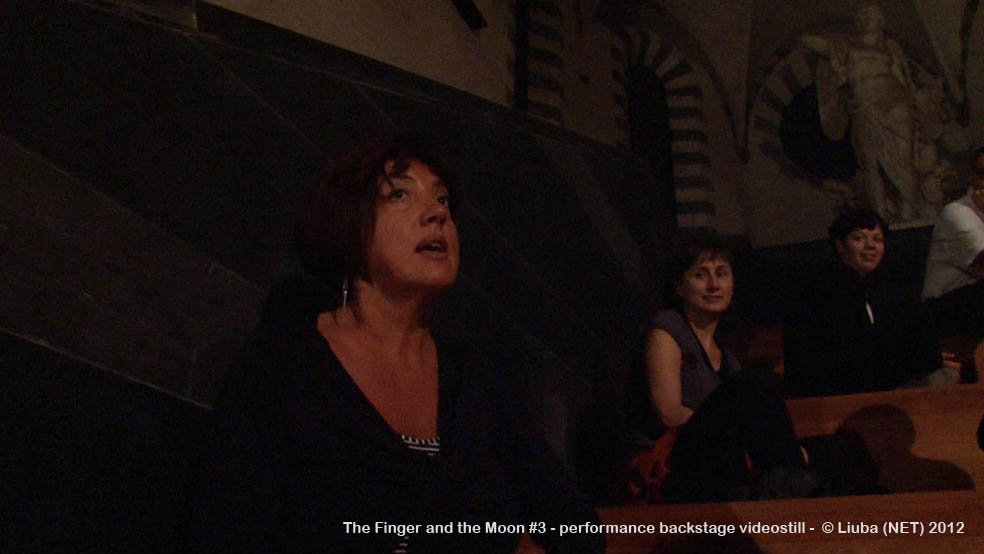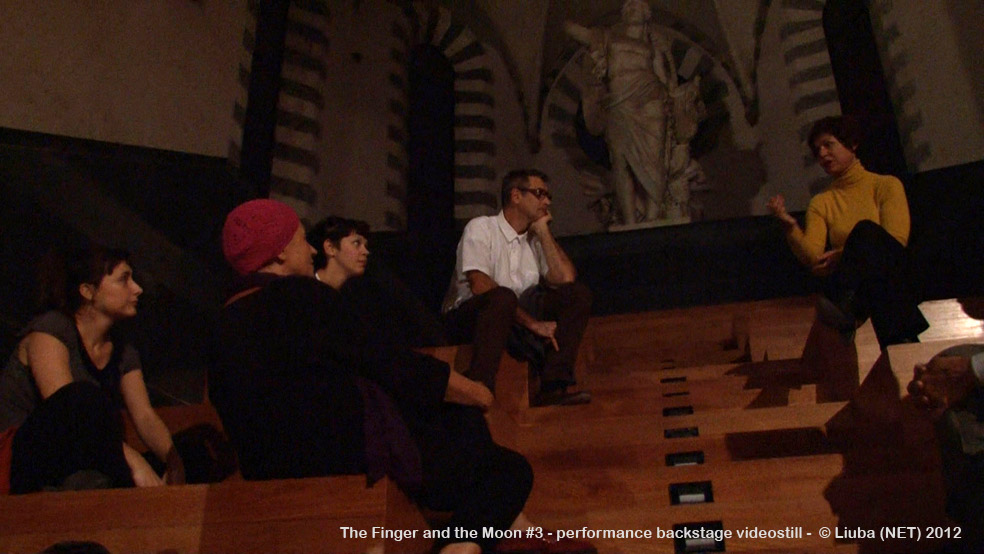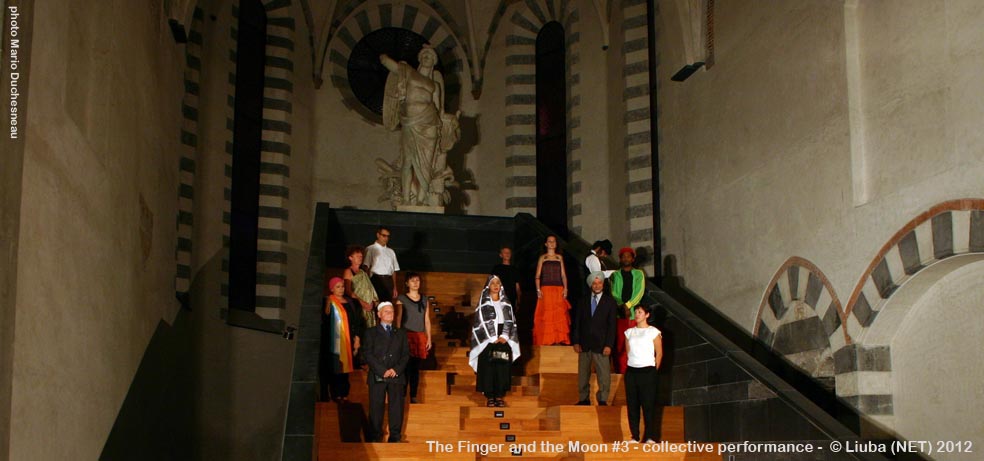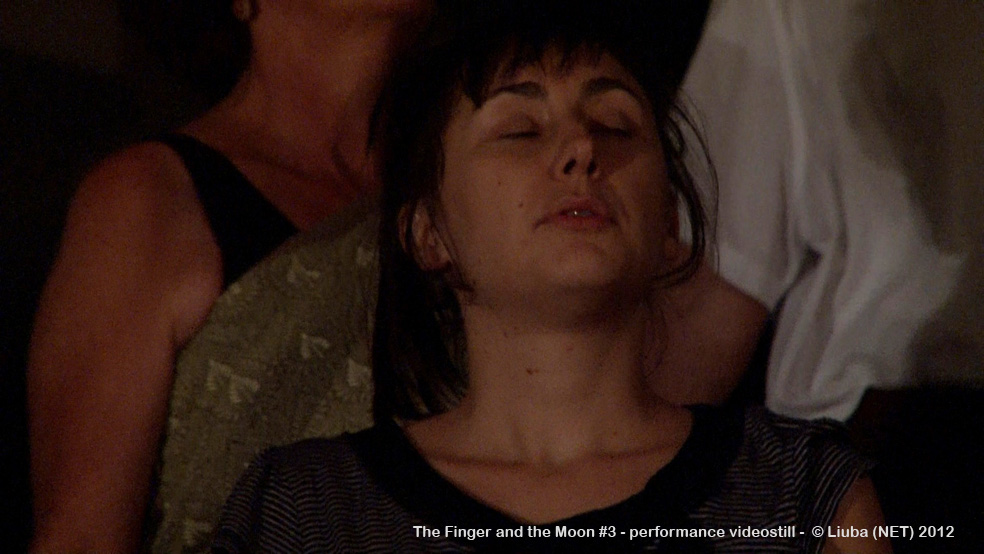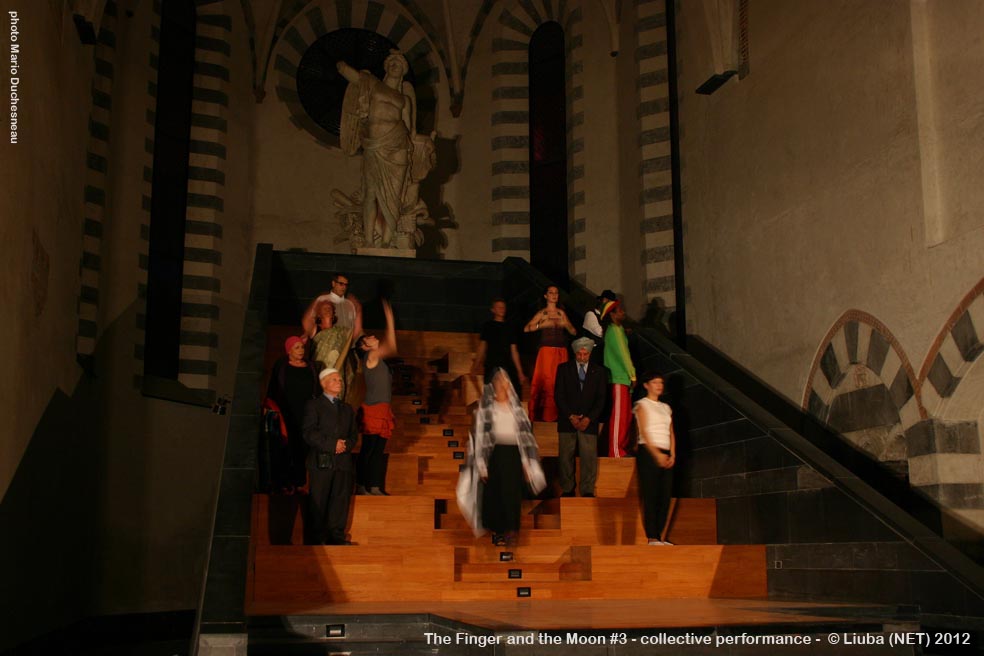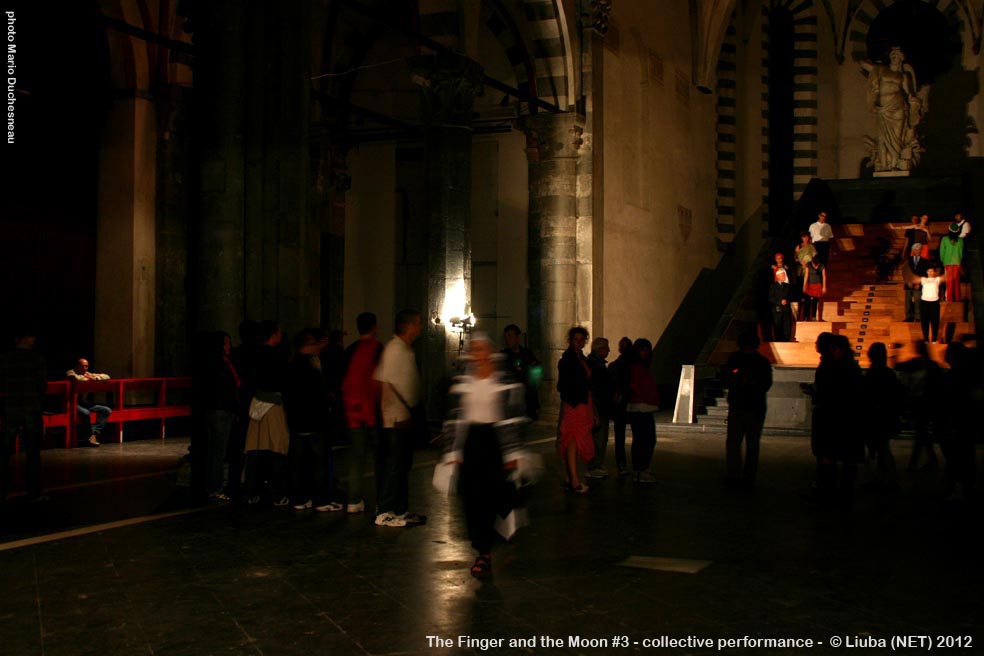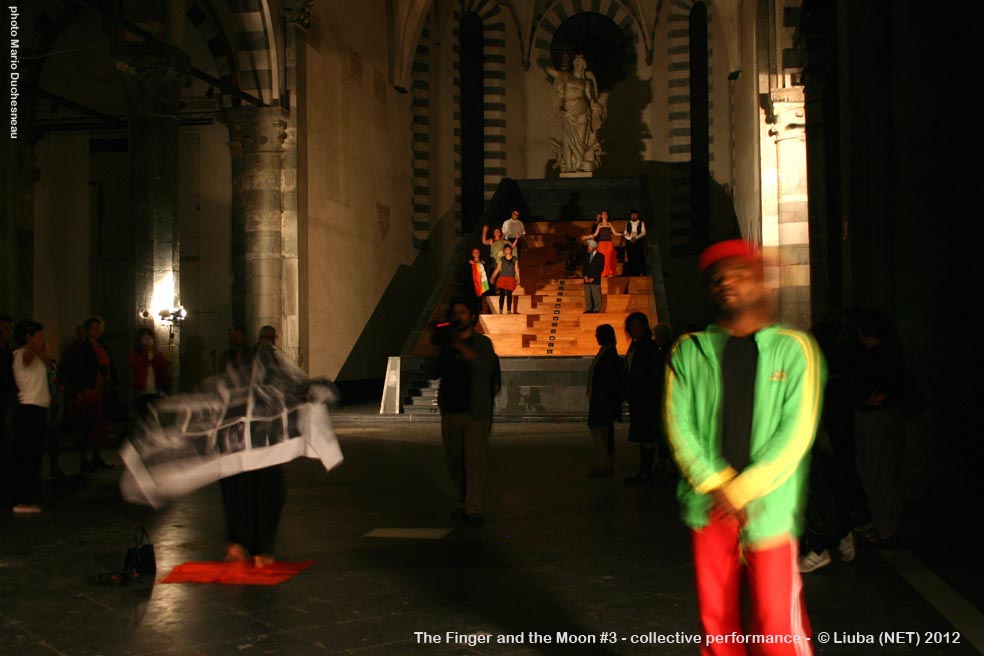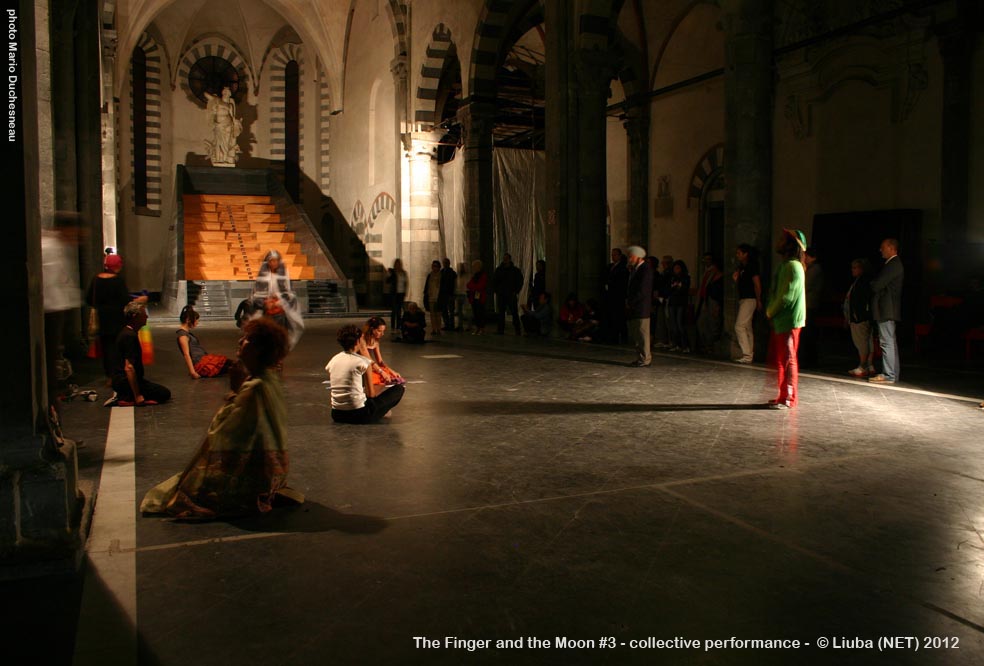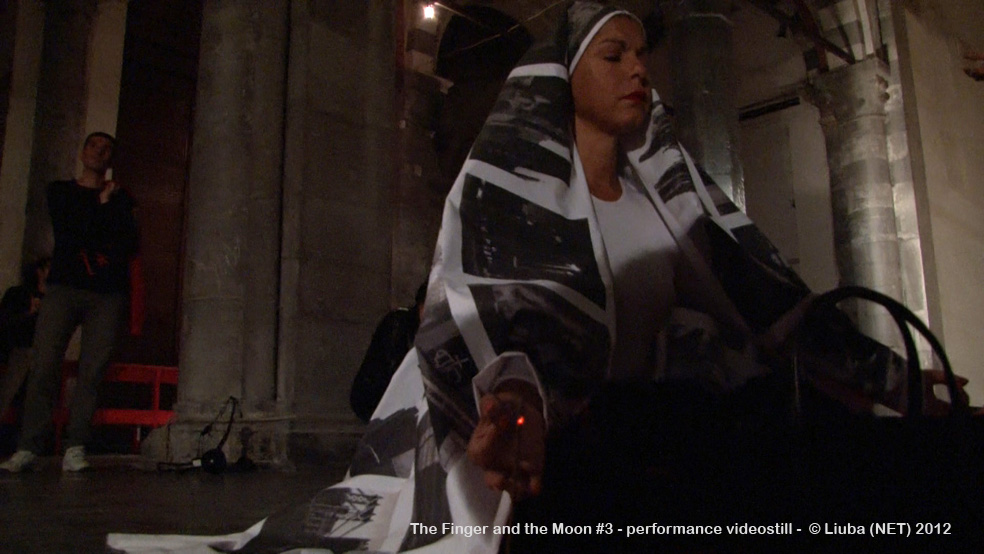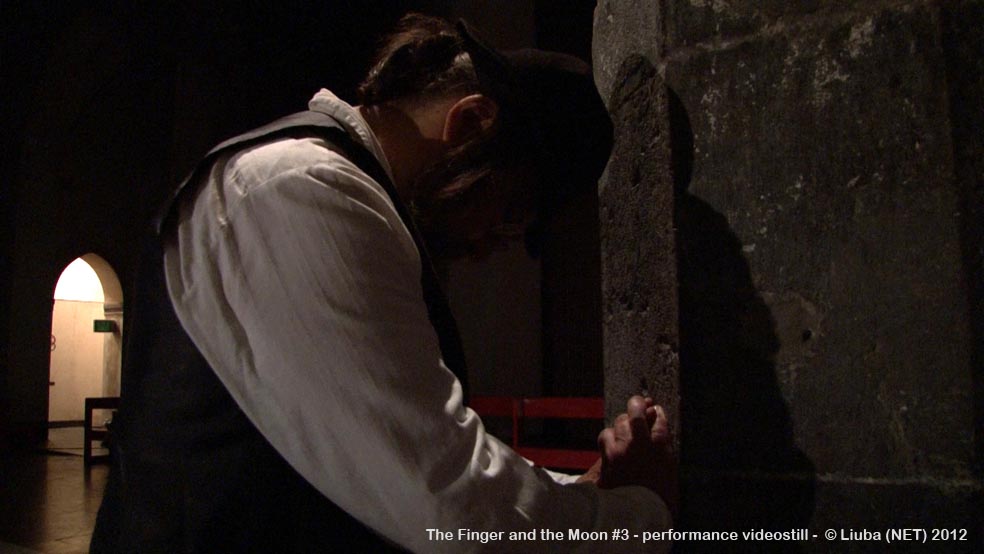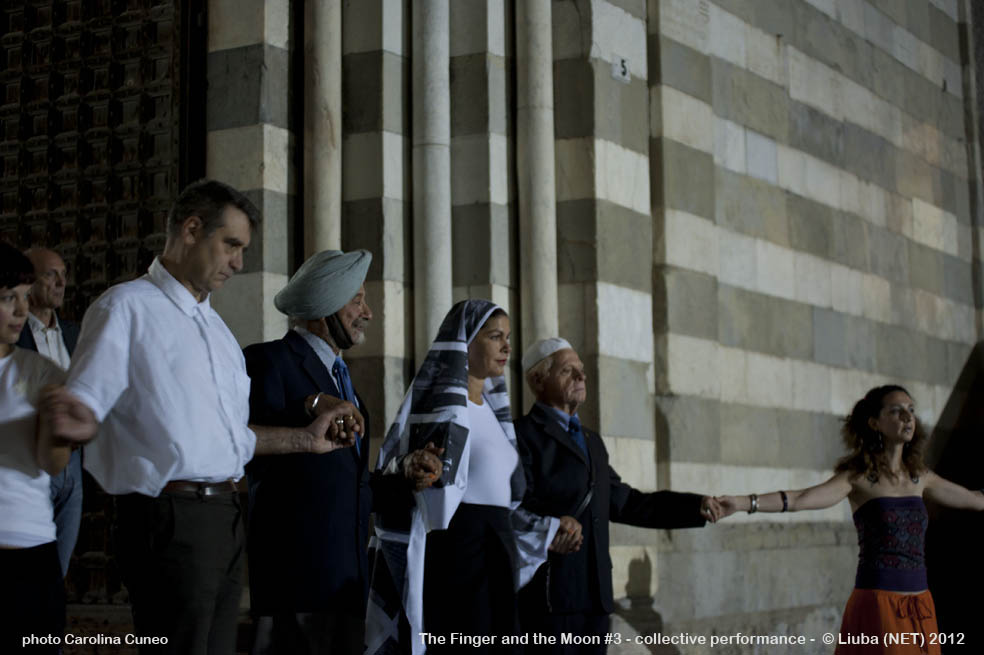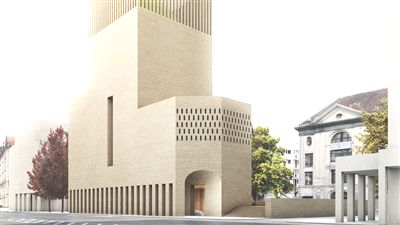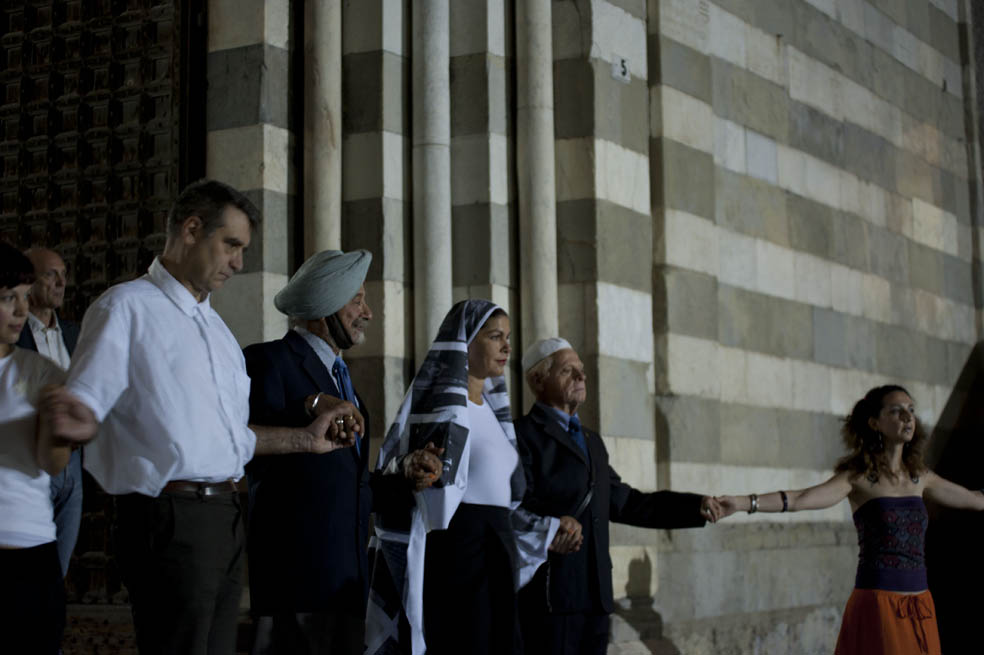
“Pur avendo studiato i trattati, costoro sono stolti. Sapiente è solo colui che è dedito all’azione”
“Qual’è il tempo? Chi sono gli amici? Qual’è la regione? Quali sono le uscite e le entrate? E inoltre, chi sono io? e qual’è la mia forza? Così ci si deve interrogare molteplici volte.”
“Anche da uno che sia ebbro o da un pazzo che farnetica, o da un fanciullo che girovaga, da ognuno si può estrarre la parte migliore, come dalle pepite si estrae l’oro.”
“Come sono coloro con cui convive; com’è quello che uno desidera essere; questa stessa cosa diventa l’uomo.”
“L’uomo ricco di pregi s’inchina a somiglianza dell’arco dotato di corda. L’uomo che non ha pregi si fissa nell’immobilità, a somiglianza di un arco privo di corda.”
“To consider, ‘Is this man of our own or an alien?’ is a mark of little-minded persons; but the whole earth is of kin to the generous-hearted.”
“In bad times, one should not abandon patience”.
“Excellent, average, and low qualities appear in anyone or anything due to association with person or things of the corresponding type.”
“Truly good men are like rubber balls; even if they fall they bounce back. A fool falls like mud and gets stuck to the ground.”
“A great man does not lose his self-possession when he is afflicted; the ocean is not made muddy by the falling in of its banks.”
Il Panchatantra è una delle più antiche raccolte di favole della letteratura sanscrita.
Risale al IV secolo d.C., ma si basa su più antiche raccolte di fiabe. Viene attribuito al saggio indiano Bidpai (vissuto attorno al 300 d.C.)
I racconti, che per lo più hanno come protagonisti degli animali, sono suddivisi in cinque libri attorno ad alcune tematiche di saggezza.
Origine e creazione del Panchatantra
Molto tempo fa nel regno di Mahilaropya, viveva un re che governava in modo encomiabile.
Il re aveva tre figli, non molto intelligenti, e, per questo era molto preoccupato per la successione al trono. Cercava un buon insegnante, ben preparato nelle scritture, che riuscisse ad insegnarle ai figli in un tempo relativamente breve.
I ministri gli avevano indicato un ottimo pandit (erudito), Vishnu Sharman. Ma questo valente erudito era abbastanza vecchio e il re si chiedeva come avrebbe fatto a completare l’insegnamento delle scritture ai figli, dal momento che a un allievo ben dotato erano necessari almeno dodici anni per apprenderle.
Vishnu Sharman riuscì a convincere il re che avrebbe insegnato ai principi il comportamento di un vero re grazie a una serie di racconti che sarebbero stati molto più efficaci delle scritture.
Compilò una raccolta di cinque volumi di storie, chiamati Panchatantra, che dovevano appunto servire da guida ai giovani principi per apprendere il mestiere di re e imparare a comportarsi da saggi.
Vishnu Sharma prese in carico i tre figli del re e se li portò a casa, iniziando subito la loro educazione.
Suddivise le sue lezioni in interessanti storie che trattavano piacevolmente dei caratteri degli animali. Un dopol’altra le raccontò ai principi che ne seppero cogliere agevolmente l’essenza e applicarla alla vita. Al punto che ne furono completamente trasformati.
Una volta concluso l’apprendimento, essi rientrarono a corte non più come i ragazzi rozzi e fastidiosi che erano stati, ma come giovani dotati di saggezza e di prudenza.
Da allora, le storie raccolte e narrate da Vishnu Sharma sono conosciute come Panchatantra.
leggi le storie del pancatantra
—

